EXTREME TERROR
by Alexa "YukiRaven" Jones-Gonzales
by Alexa "YukiRaven" Jones-Gonzales
Alexa has been making Doom maps since the classic days with the as yet unfinished one-woman megaWAD, Kill. One Doomed Marine's release in 2010 broke from form, a five-level Doomsday minisode that tried to take advantage of its capacity for scripting and dynamic lights. It would be six years and an engine change before her next publication. Released in 2016, Extreme Terror is a MAP01 replacement for GZDoom to be played in Doom II. Like ODM, it also has a custom soundtrack written by the author for this specific occasion. It's a more technologically advanced outing than its older sibling, too, since it makes use of features like room-over-room geometry and slopes. Not to forget GZDoom's own brand of scripting. The one big thing you might not be expecting given all of these niceties - you're strongly advised against (but not expressly forbidden from) jumping. Keep that in mind.
The story, pretty simple. The UAC has a base out in the desert and it's suffered a demonic invasion. There isn't any sort of obvious narrative as to why this particular installation was under Satanic scrutiny. There are a handful of teleporters, though, two of which are tied to one of the nastier encounters. The others are situated around a giant pool of underground lava so you could go with the Martian scenario or the slightly-less-cliche "dug too deep". Not to say that they aren't two sides of the same coin. Ultimately, the information provided by Alexa at the level's end renders the monsters' motivations moot.
EXTERROR is divided into three distinct sections. You start out in an above-ground section - the base's exterior - with the goal of accessing the deeper reaches. During your investigation you're directed to investigate the structure's power core. The player even gets to take a trip to Hell for the final leg of the journey. Each segment could have been its own, separate level since none of them are highly linked (thinking of early ZDoom hubs e.g. Tei Tenga and Hell Factory) but when combined together you get a contiguous three-act experience. Scripted music changes give an additional layer of identity to each portion. It's appreciated because the first and second areas are almost entirely differentiated by the latter being subterranean and thus having no sky.
The majority of your playtime will be graced by an aesthetic that is derived from Far Cry 3: Blood Dragon. I have yet to play it but I am in some ways intimately familiar with it since I own a well-listened digital copy of Power Glove's soundtrack. Ubisoft rode the retrowave / synthwave zeitgeist and its highly selective nostalgia trip. FC3:BD's color scheme is dominated by highlights who owe most of their existence to Tron and Miami night clubs. Extreme Terror takes this same vibe but uses all of the colors of the neon rainbow. The overall effect can be messy at times. For instance, when you're looking at what appear to be three-plus different shades in the same room. I think that it would look more polished if Alexa had taken a consistent color scheme and stuck with it but EXTERROR's technicolor dreamcoat is most likely a deliberate choice. It's a neat experiment, to be sure.
The map does not boast mission-based gameplay but I could call it that and I would be technically correct. The HUD displays your current long-term objective in big, bold lettering and it changes once you hit major progression points. The descriptor conjures up an image of a deeper effect on gameplay than actually exists, though, and I extend this to a lot of classic first person shooters that use it. The superliminal signposting still leaves a lot to the player's imagination since it doesn't consistently elaborate on some of the obstacles in your way. The author gives you hints, though, and informs you of situations where you will be killed if not quickly corrected. This is handy since some details like the current position of the red key may be easily lost in the shuffle.
The biggest misgiving I have about Extreme Terror comes at the end of the second act but my annoyance will be infinitesimal compared to other players. Once you run the diagnostic on the power core you're asked to reboot the system before the whole thing blows up. Alexa gives you fifteen seconds which is not a lot of time considering what the task entails. Restoring the integrity of the generator involves accessing four terminals on the room's second tier. The stairs leading up to it don't raise consistently, though, and the author dumps two Hell knights and two cacodemons in front of the screens to act as guardians. The kicker is that the workstations must be used in a specific sequence. There is a clue as to the correct order but it glazed by me and I had to use the difference in the sound generated when you're on the right track. You don't actually have to kill the monsters to get to the consoles but you'll probably eat a few cheap shots each time you try to figure out the puzzle. As long as the stairs work right, anyway.
That's about the worst of it, though. The end boss isn't exceptionally tough, especially if you find the BFG secret. You'll still have to deal with some wild projectile spam but the only truly nasty attack is the unpredictable floor to ceiling lightning column. Every time I died it was because one of them snuck up on me from behind and drilled through my health faster than I could react. You probably won't even see it if you get the BFG. Few of the other fights really stand out because they generally leverage the cramped confines and are thus equally awkward. One of my favorites is a mid-map poke at the player where two Barons teleport in before your entire vision goes pitch black and then slowly adjusts back to normal. Freak out! I almost wish that the exterior area ambush was bigger but having to handle the mancubi is probably punishment enough. The assorted floating platforms surrounding the step pyramid at the entrance of Hell make for a great set piece, at least.
That's part of why Extreme Terror looks freakin' great. The geometry capabilities of GZDoom are used for room-over-room structures like bridges, balconies, grated surfaces, handrails, and the guard towers seen in the exterior area. Sloped floors figure in too but they're mostly used for non-interactive surfaces. Think along the lines of literal windowdressing - smoothing out those corners - as well as greebling seen in side-panels and small biased lighting fixtures. The final boss arena is the best incorporation of slopes into level geometry for aesthetic purposes. The way it's used in the wall columns and more importantly the ceiling gives the room a feeling as though you're playing a completely different game.
The music is pretty good. I like it more than the tunes that appeared in One Doomed Marine. In keeping with the Far Cry 3: Blood Dragon inspiration I feel a bit of a synthwave edge, mostly in the slower-paced middle track. That or its chiptune sprinkles may be part of why "The Power Core" is my favorite tune. Both it and the opening number - the eponymous "Extreme Terror" - also have an air of late-90s PC soundtrack a la Deus Ex or Unreal. Like ODM, though, the final selection is the biggest tonal departure. Here it starts off with the sweeping ambiance and then leans hard into not-too-dark dance featuring some harsh synth tones.
I liked Alexa's official /idgames debut but I'm way more excited to see her post-EXTERROR level design. I could play a whole bunch of maps in this theme, give or take second act blindside puzzles. If you like fairly large single adventures that make use of GZDoom's bells and whistles then you definitely ought to give this one a shot.

DISTILLED FEAR
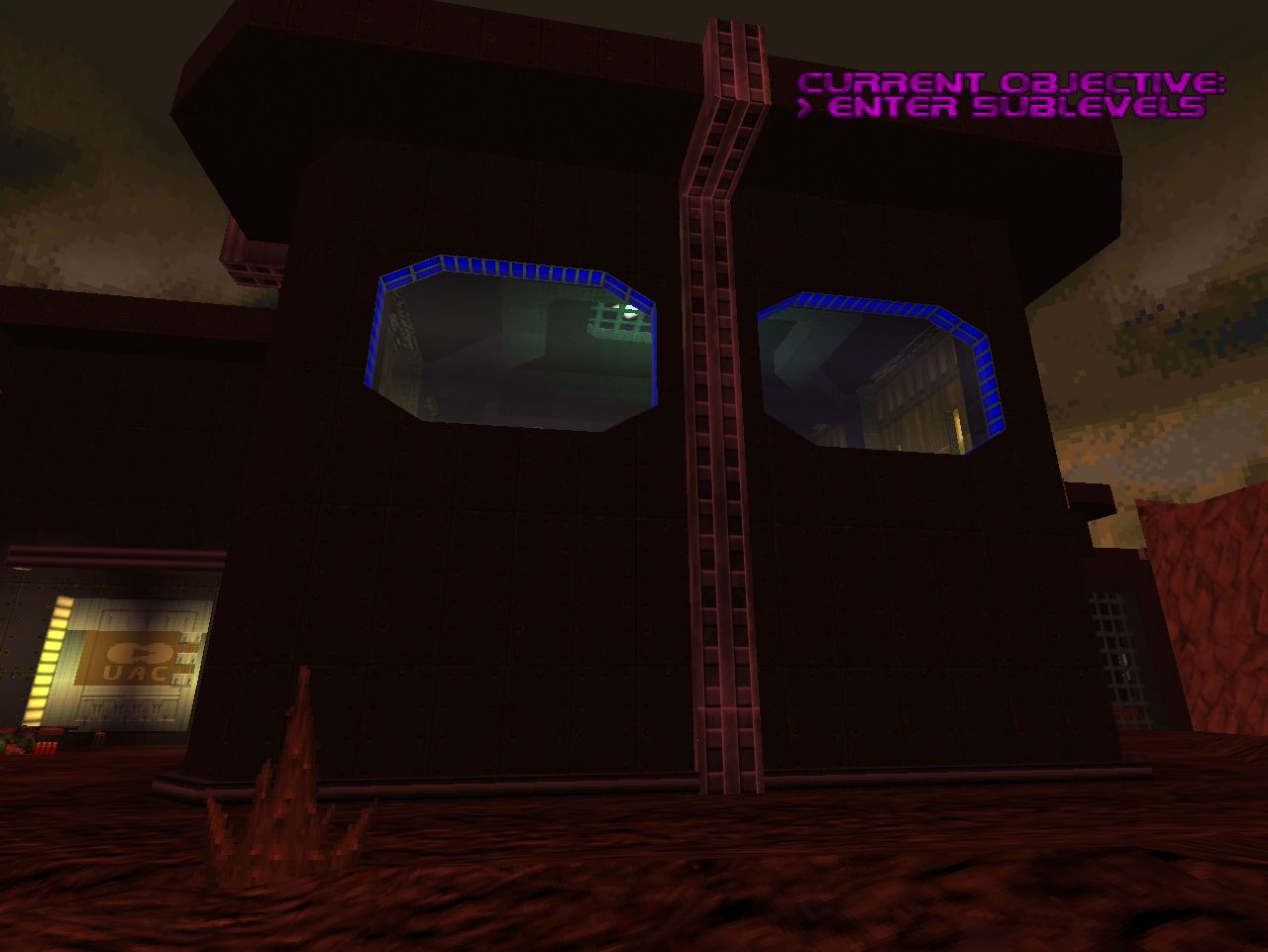
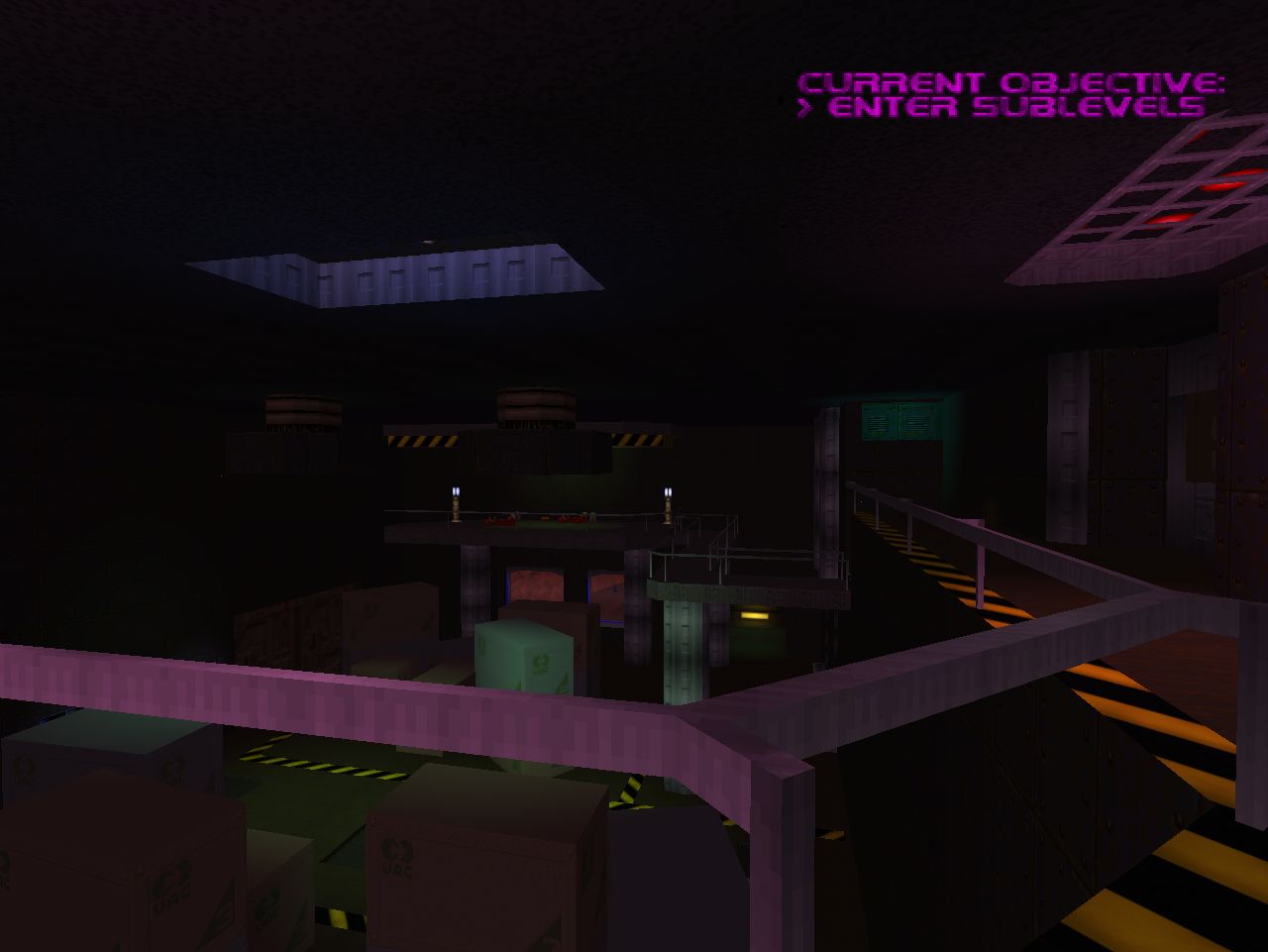


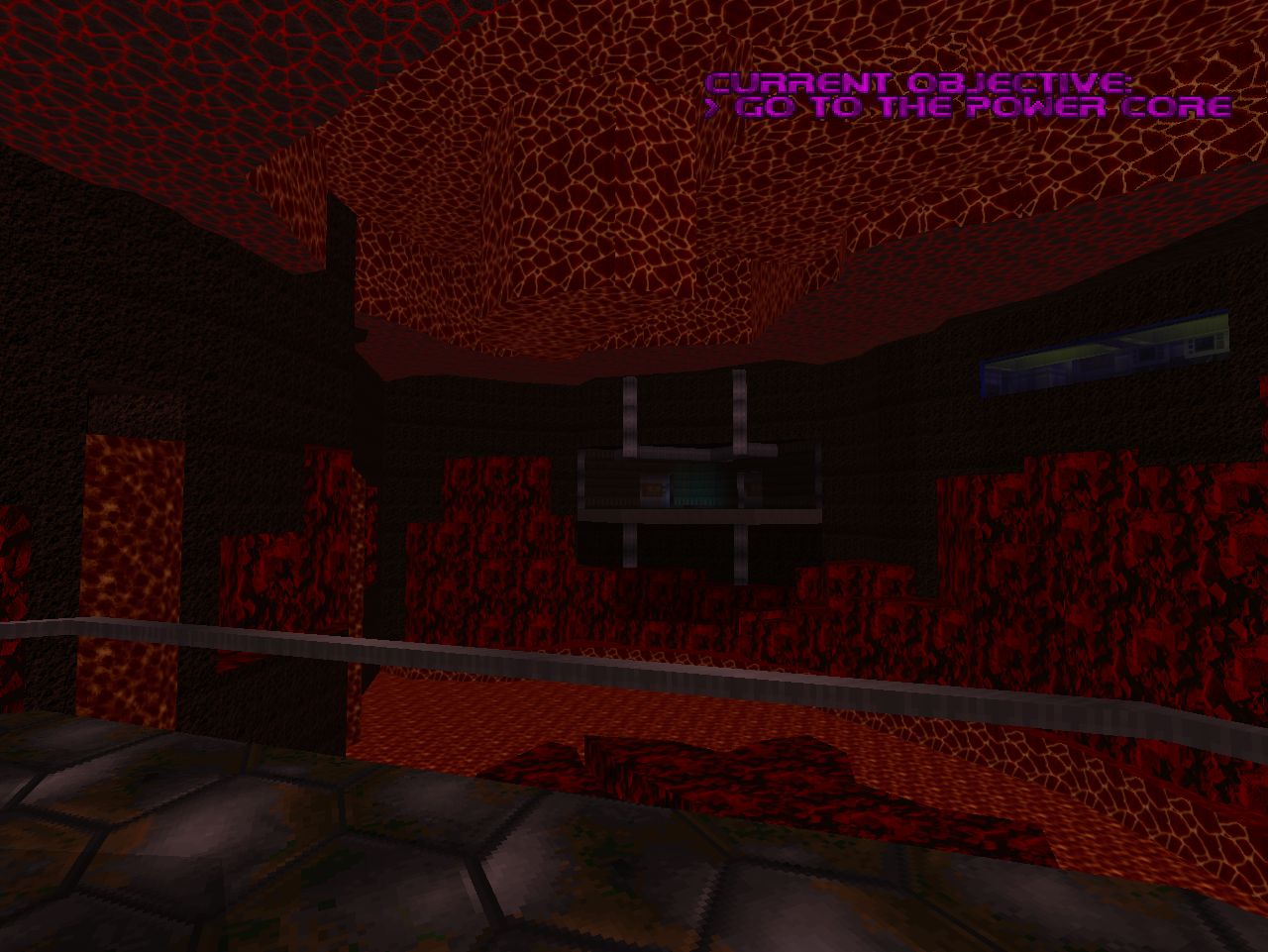

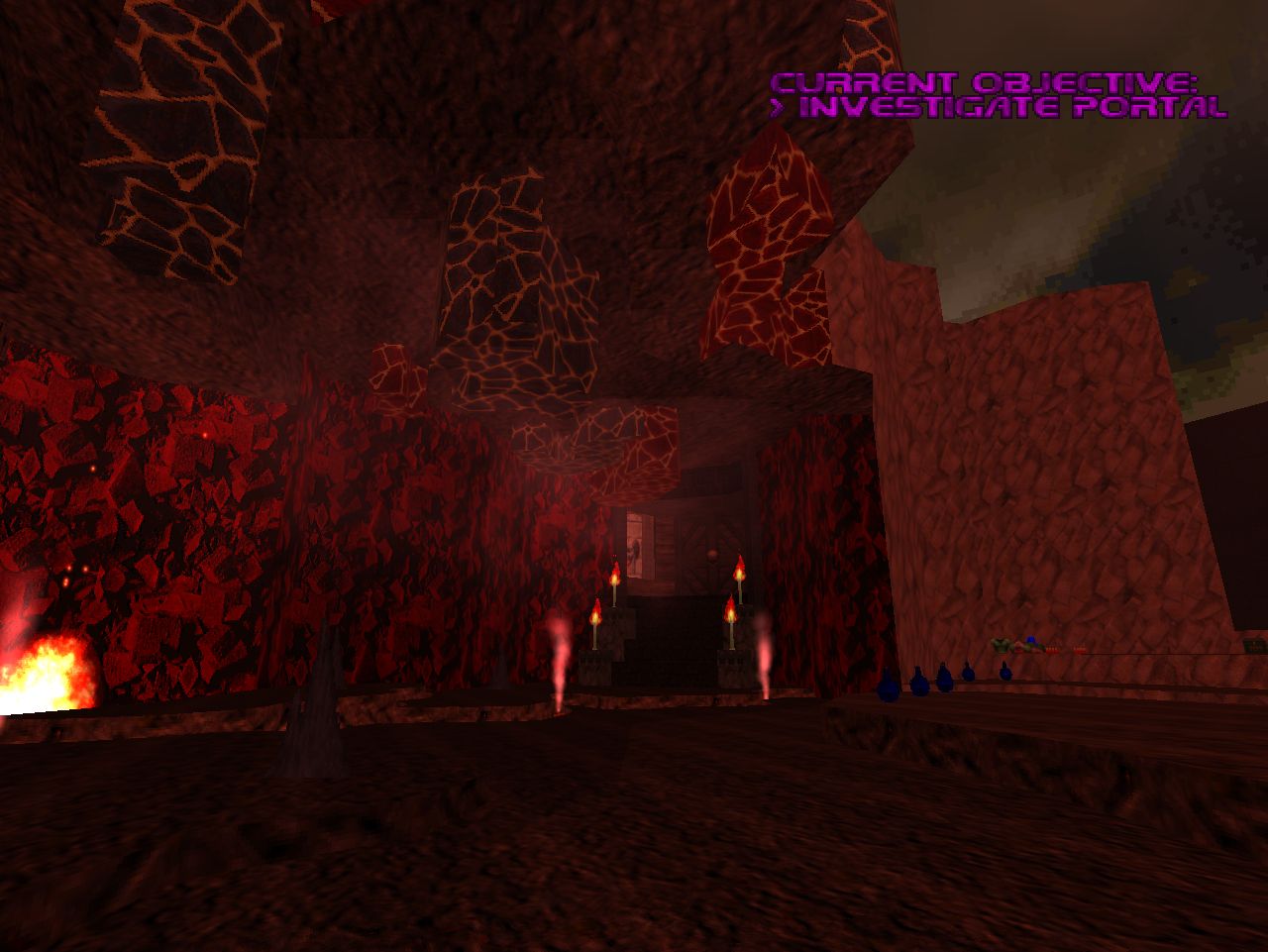


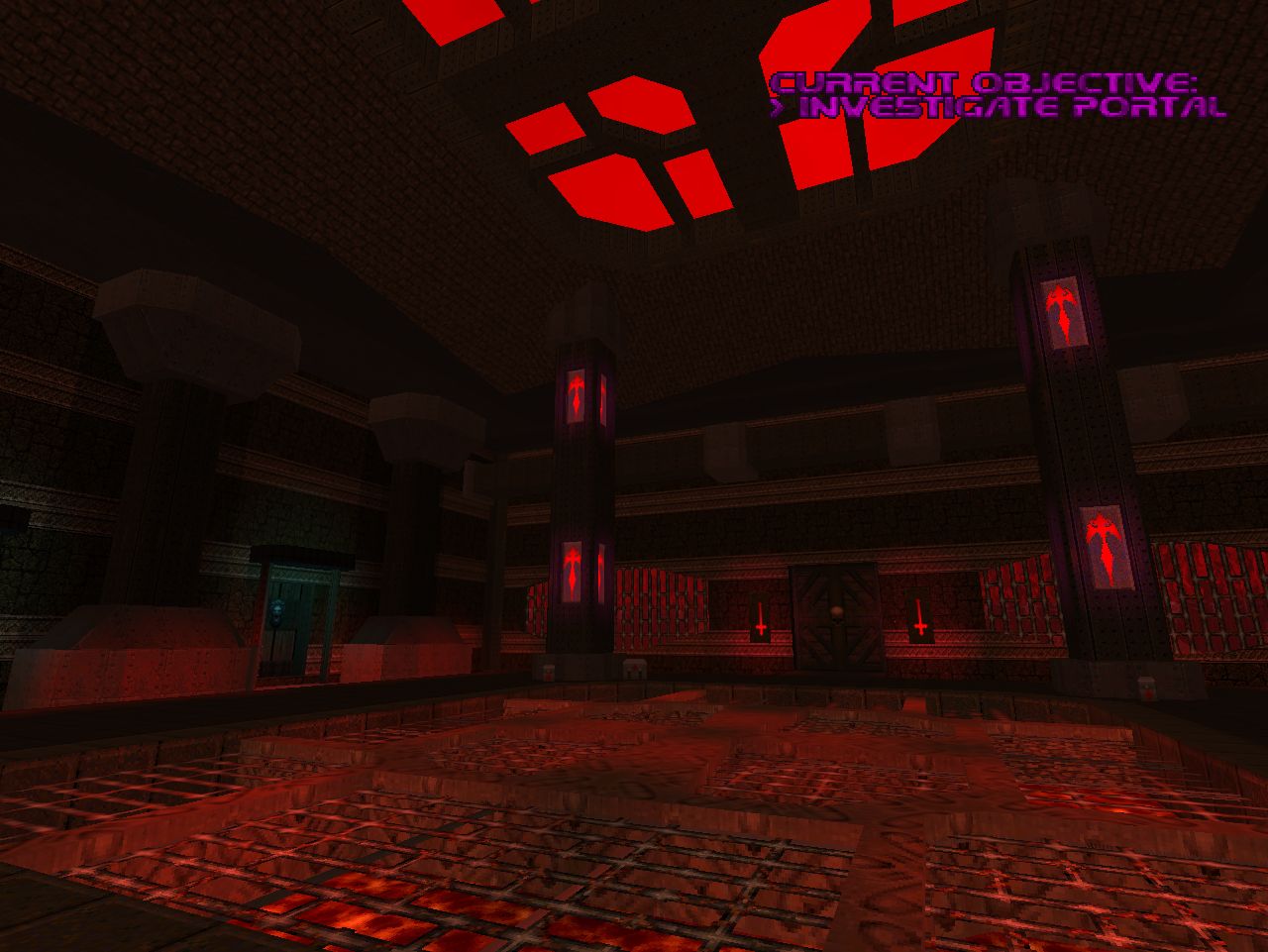
Wow, that second-to-last screenshot. Those colors!
ReplyDelete